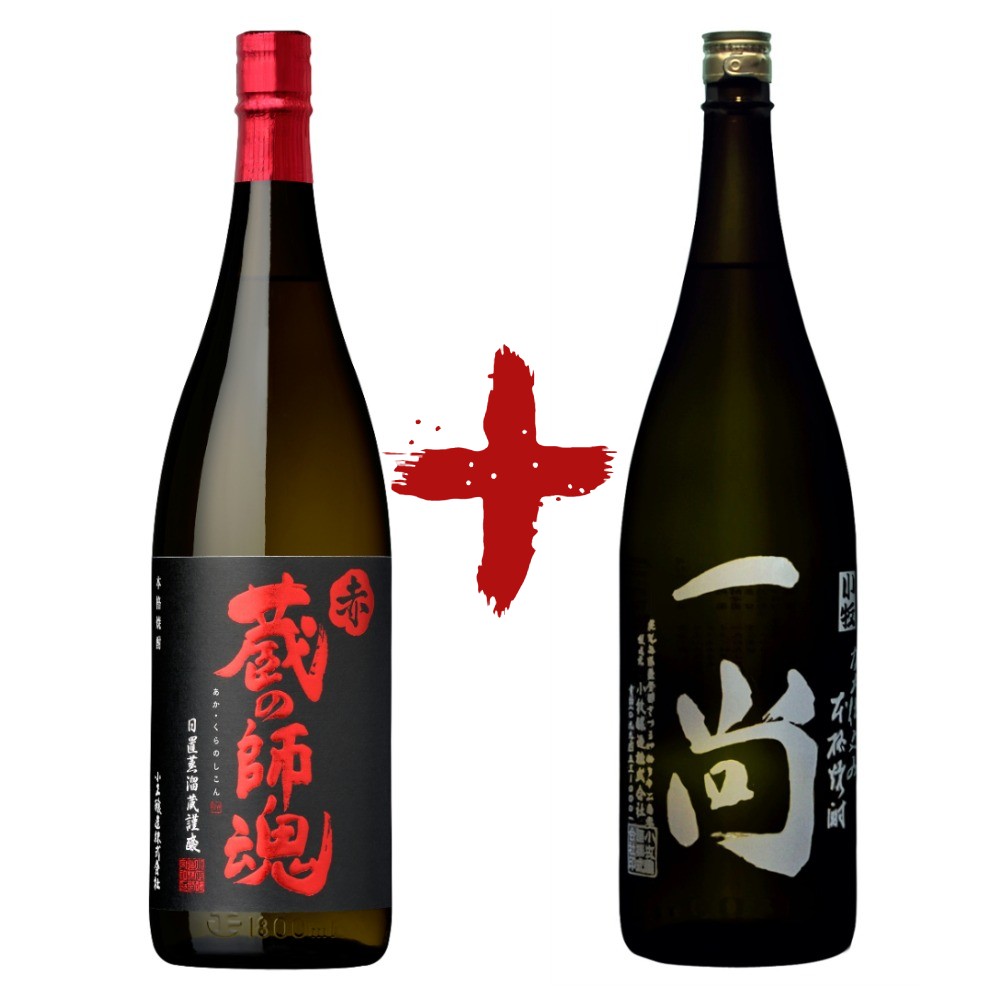While “blended shochu” may not roll off the tongue, Japan is now getting its very first *proudly* multi-distillery shochus. This may be the beginning of a new chapter in shochu’s story.
We’ve discussed before about how shochu, as a category, absolutely dwarfs both Japanese whisky and Scotch whisky in terms of volume. However, domestic shipments have declined by about 5-7% per year for the past several years since their peak around 2012. Exports are on the rise, but not quickly enough to make up the loss. Shochu needs some new ideas.
Shochu’s “whiskification” continues
We’ve already seen shochus being aged likes whiskies. Sometimes they are even labeled as whiskies. The latest concept from whisky-making to find its way to the world of shochu is blending.
In whisky we have single malt, single grain, and blended whiskies. The “single” refers to whiskies that are made in a single place — just one distillery. Blended whiskies, on the other hand, are blends of whiskies from multiple distilleries.
Shochu makers, despite sometimes being right down the street from one another, generally don’t work together. This means that any given shochu–to borrow whisky terms–is typically a “single grain shochu,” given that it comes from only a single distillery. There are some cases where shochu makers purchase bulk from OEM suppliers–the phrase is “okegai”–but even in those setups, the final product doesn’t mention this.
That’s about to change. For the first time, shochu is now getting its version of a blended whisky. This is important because there are a shitload of shochu distilleries in Japan: Kagoshima prefecture alone has over 100. If more and more shochu makers are open to the concept of blending, and being proud of it, perhaps we can see some amazing new combinations.
Blended Shochu
The joint announcement was made on May 21 by Komaki Jozo and Komasa Jozo. Those who have been following this blog probably know the latter as the company behind the Kanosuke Distillery and Komasa Gin.
Komaki Jozo offers up their “Issho” brand of shochu, and Komasa Jozo brings along their flagship “Kura no Shikon” shochu. Rather than making one blended shochu, though, they’ve made two: “Issho blended with Kura no Shikon,” and “Kura no Shikon blended with Issho.” My guess is the only difference between the two blends is the ratio.
The 30% abv of the new blends is higher than the component shochus, which weight in at 25%. 3000 bottles of each will be released on June 3.
In my opinion, this has been a long time coming. Blended Scotch became popular because many people felt single malts were just too sharp, too extreme. This is the exact same reason why even many Japanese people can’t handle single-distilled “honkaku” shochus today. It may have taken over a century to come to Japan, but if blending can help smooth things out, perhaps there’s hope for new audiences for shochu.
*I use the term “grain” very loosely here, since shochu can also legally be distilled from certain vegetables, seeds, kelp, whey powder, and whelp many things which are definitely not grains

Hi there! I created and run nomunication.jp. I’ve lived in Tokyo since 2008, and I am a certified Shochu Kikisake-shi/Shochu Sommelier (焼酎唎酒師), Cocktail Professor (カクテル検定1級), and I hold Whisky Kentei Levels 3 and JW (ウイスキー検定3級・JW級). I also sit on the Executive Committees for the Tokyo Whisky & Spirits Competition and Japanese Whisky Day. Click here for more details about me and this site. Kampai!
